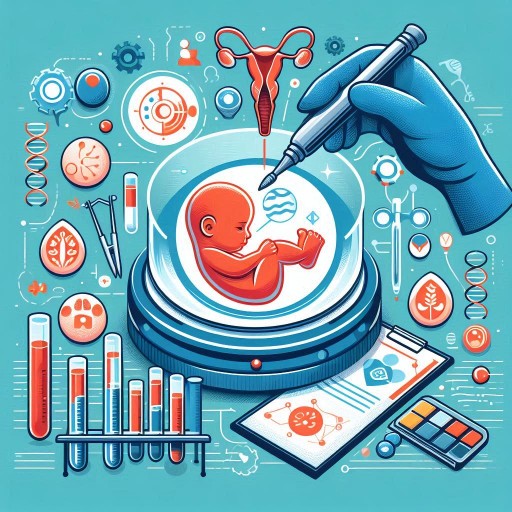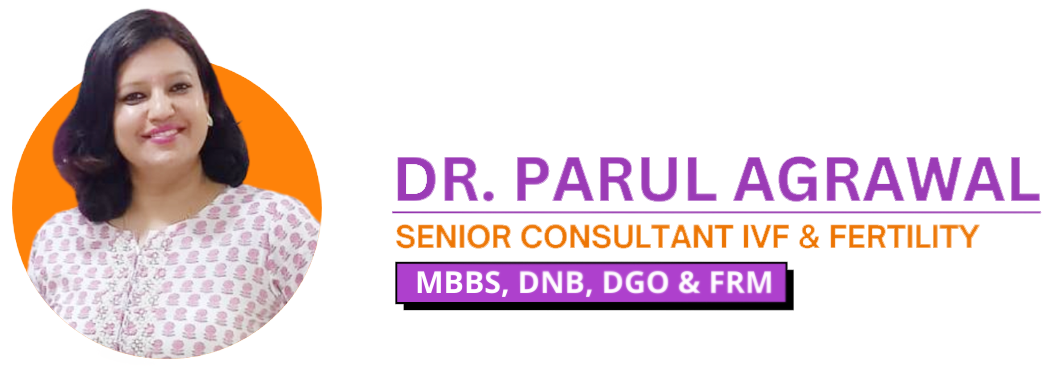Exploring Laser-Assisted Hatching for Improved IVF Success Rates - Dr. Parul agrawal (IVF Specialist)

Laser-Assisted Hatching (LAH) is an advanced technique used in conjunction with In Vitro Fertilization (IVF) to improve implantation rates, especially in specific cases where traditional IVF has lower success rates. Here's an exploration of this technique, as discussed by Dr. Parul Agrawal, an IVF specialist.
What is Laser-Assisted Hatching (LAH)?
- Purpose: LAH helps embryos implant into the uterine lining by creating a small opening in the zona pellucida, the outer protective shell of the embryo.
- Process: A precise laser is used to weaken or thin the zona pellucida, making it easier for the embryo to "hatch" and attach to the uterine wall.
Why is Laser-Assisted Hatching Used?
The technique is especially beneficial for individuals or couples facing challenges such as:
- Advanced Maternal Age: Women over 35 often have embryos with a thicker zona pellucida.
- Repeated IVF Failures: For those who have undergone multiple unsuccessful IVF cycles.
- Frozen Embryos: Cryopreservation can harden the zona pellucida.
- Poor Embryo Quality: Embryos with compromised development may benefit from assistance in hatching.
- Elevated FSH Levels: Women with higher follicle-stimulating hormone levels might have embryos with difficulty hatching.
How is the Procedure Performed?
- Embryo Preparation: The embryo is placed under a specialized microscope.
- Laser Application: A highly focused laser beam is used to create a precise opening in the zona pellucida.
- Transfer: After hatching, the embryo is transferred into the uterus for implantation.
Benefits of Laser-Assisted Hatching
- Improved Implantation Rates: By facilitating hatching, LAH can increase the chances of successful implantation.
- Minimally Invasive: The use of a laser is more precise and less damaging than mechanical or chemical hatching methods.
- Optimized for Specific Cases: The technique is targeted to individuals with specific barriers to successful IVF.
Considerations and Risks
- Eligibility: Not all patients need LAH. It's usually recommended after thorough evaluation.
- Risks: While minimal, potential risks include damage to the embryo or unintended effects on development.
- Success Rates: LAH does not guarantee success but can significantly improve outcomes in suitable candidates.
Dr. Parul Agrawal's Expertise
Dr. Parul Agrawal, an experienced IVF specialist, emphasizes the importance of personalized care in fertility treatments. She highlights that techniques like LAH should be tailored to the patient's unique medical and reproductive history. Under her guidance, many patients have benefited from advanced technologies, including LAH, leading to successful pregnancies.
Is Laser-Assisted Hatching Right for You?
Determining whether LAH is suitable involves a thorough assessment of:
- Your medical history.
- Previous IVF outcomes.
- Embryo quality and specific challenges.
Would you like further details about the procedure, costs, or a consultation with Dr. Parul Agrawal?
